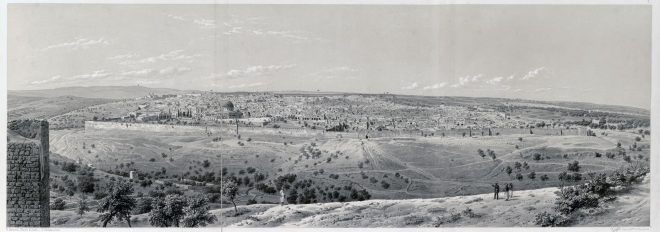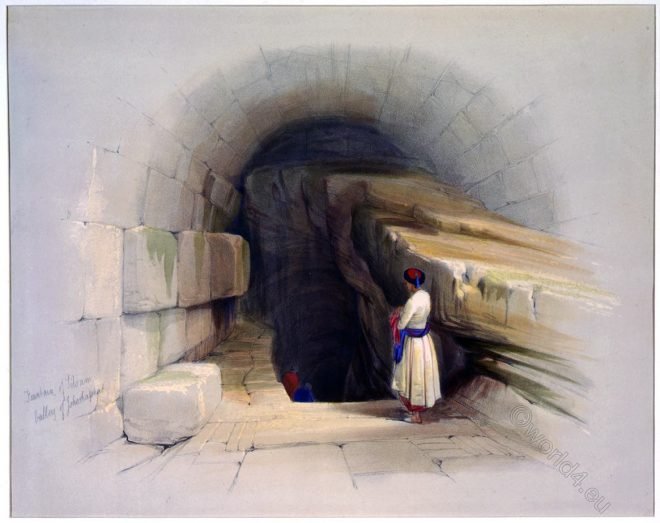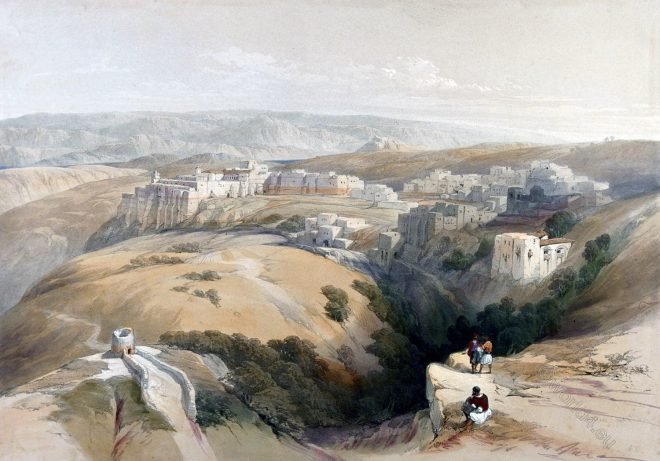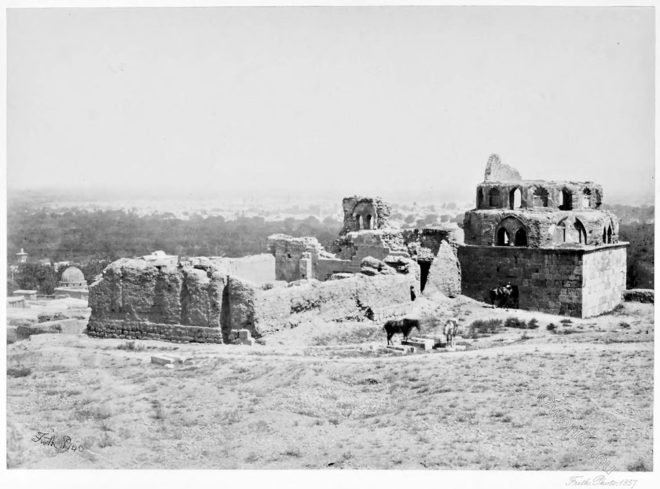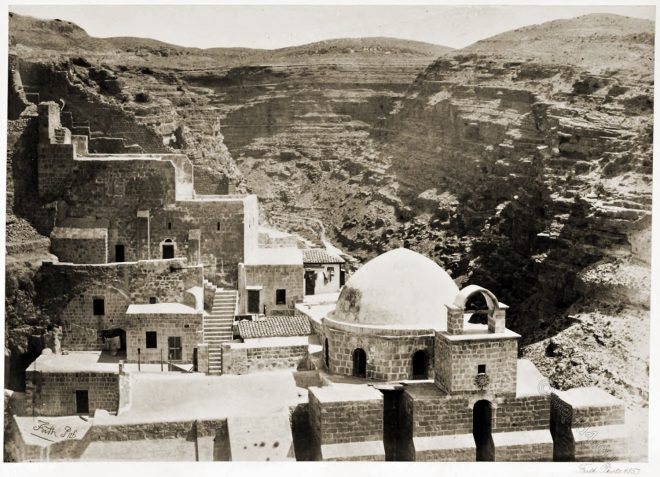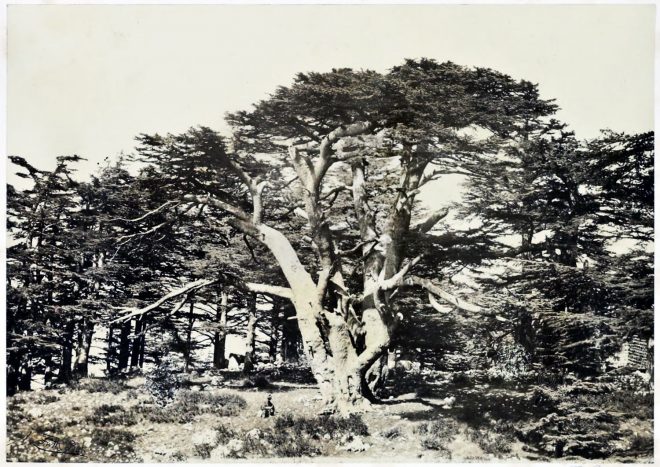Jerusalem Explored. Being a description of the ancient and modern city, by Ermete Pierotti, transferred to stone by Thomas Pitken. London 1864
Category: Middle East
The ancient Jerusalem. Geographical and historical. The Holy Land.
The importance of Jerusalem to Israel and the world is due the fact that it became the seat of the chosen Temple of God.
The Upper Fountain of Siloam. Valley of Jehosophat.
Siloam consists of two basins or fountains, the upper one of which is a fissure in the solid rock. A flight of steps leads down on the inside to the water.
Lower Pool of Siloam, Valley of Jehoshaphat.
Siloam is now used as a public fountain; but it seems to have been once sacred to the uses of the Temple. The Holy Land by David Roberts
Bethlehem. The Grotto of the Nativity. The Chapel of the Innocents.
On the opposite side of the grotto there is an altar (seen on the right hand in the drawing), where it is said the magi of the East.
Bethlehem. Historical views and description of its sites.
The town of Bethlehem and its surroundings depicted and described in the travelogues of David Roberts and Luigi Mayer in the 19th century.
The Approach to the Island of Philae, Egypt, from the North.
The Approach to Philae is one of the few views which a photograph can render without, perhaps, greatly detracting from its artistic fame.
Distant view of Damascus, from the village of Salihiye. Syria.
The elevation, shortly after the traveler leaves the village of Salihiyeh being sufficient to give him a splendid range of vision.
Convent of Mar Saba. The Holy Laura of Saint Sabbas. Palestine.
Mar Saba, the Sabas Monastery, Saint Laura of Saint Sabbas, is a Greek Orthodox monastery in the Kidron Valley in the Judah Desert, 12 km east of Bethlehem.
The largest of the cedars of Lebanon. Mount Lebanon.
View of the entire grove of “The Cedars.” The tree now represented is, upon the whole, the noblest of the ten or twelve “venerables” now standing.

